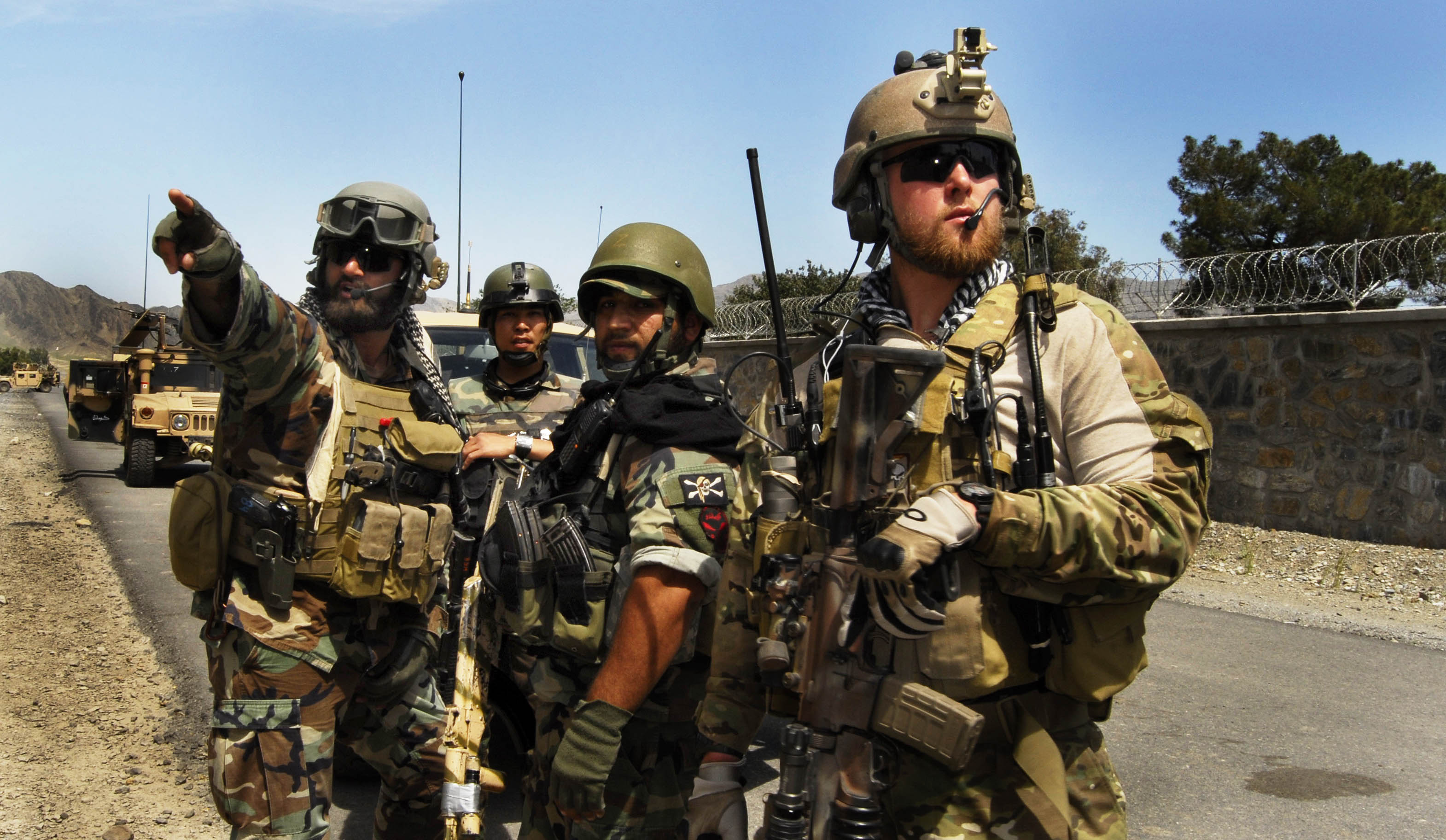Thirty years ago, a small headquarters opened its doors for the first time. The United States Special Operations Command (USSOCOM) was originally formed out of the debacle of the failed Iranian hostage rescue mission, Operation Eagle Claw in 1980.
From small beginnings in April 1987 at MacDill AFB, FL the Special Operations Command now encompasses 70,000 troops and a $10 billion-dollar budget. Special Operations Forces currently operate in over 100 countries being sent to all the hot spots in the world today.
Seeing the success of U.S. special operations, representatives from foreign militaries are traveling to Tampa to see how they can recreate such a powerful force. One that offers great bang for the buck — SOCom makes up just 2 percent of the U.S. defense budget.
The symbol of commando success is the 2011 Navy SEAL raid that killed Osama bin Laden. Yet every day, in ways unknown outside their secretive world, commando teams perform missions like building partner capacity and training foreign troops, hostage rescue attempts, humanitarian relief, tracking jihadi financing and coordinating efforts to counter weapons of mass destruction.
Unlike any other military combatant commands, SOCom has the authority to spend billions of dollars each year on equipment and services tailored for commandos — the SEALs, Army Delta Force, Green Berets and Rangers, and Air Force and Marine teams. To help speed things along, the command created SOFWerx, a research and development effort in Ybor City.
To help educate the force, SOCOm created the Joint Special Operations University, which opens a new building at MacDill next week.
Despite their many successes, the command is feeling the pinch of its own success. The force is being used so much that the operational tempo has become an issue. With so many deployments one of the former commanders worried that the force was “fraying around the edges.”
But the command will continue to expand its influence on 100 different stages in 100 different countries. The Special Operations forces of the US have the unique capability to synchronize US and Allied global counter-terrorism efforts, building allied forces capacity in the training and equipping of foreign forces, and to evolve as the situations change around the world.
To read the entire article from Tampa Bay Times, click here:
Photo courtesy DOD
